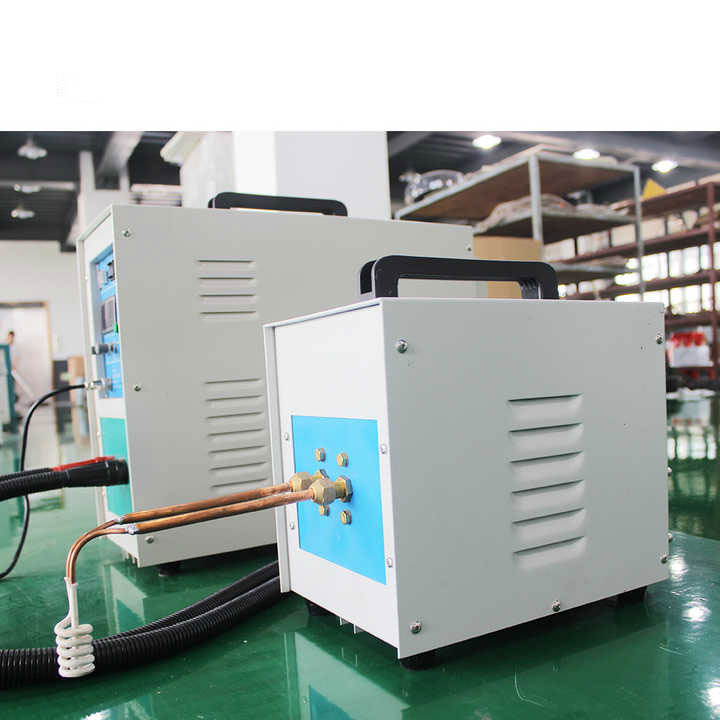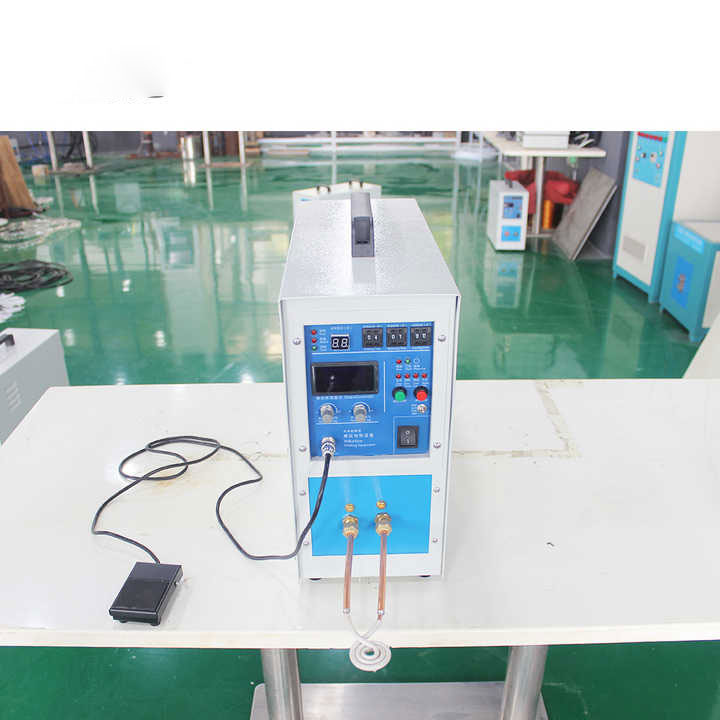silver ore refining



Silver Ore Refining Transforming Raw Material into Precious Metal
Silver is one of the most sought-after precious metals in the world, valued for its beauty, versatility, and industrial applications. However, silver does not exist in its pure form in nature. It is often found mixed with other elements in mineral-rich rocks known as ores. The process of silver ore refining plays a crucial role in transforming these ores into pure silver suitable for use in jewelry, industry, and investment.
What Is Silver Ore Refining?
Silver ore refining refers to the methods and techniques used to extract pure silver from mined ores. Silver ore often contains other elements such as lead, zinc, and copper, making it necessary to refine the ore to separate the silver from these unwanted materials. Refining silver ore is a complex process that involves chemical reactions, heating, and sometimes electrical procedures to purify the metal.
The primary goal of silver ore refining is to achieve a high level of purity. While the ore may contain silver, it is typically less than 1% of the total composition. Through refining, this percentage can be increased dramatically, resulting in nearly pure silver.
Methods of Silver Ore Refining
Several techniques are used for refining silver ore, each with its own advantages and suitability depending on the type of ore being processed. The choice of method depends on the ore’s composition, the scale of production, and the desired purity level.
The Smelting Process
Smelting is one of the oldest methods of silver ore refining and has been used for centuries. This process involves heating the ore at high temperatures in the presence of a reducing agent such as coke or charcoal. The heat causes the ore to melt, allowing the silver to separate from other elements.
During smelting, the silver sinks to the bottom of the furnace, while impurities rise to the top as slag. The slag is removed, leaving behind a more concentrated form of silver. This method is relatively straightforward but may not produce the highest levels of purity, requiring further refinement in some cases.
Chemical Leaching
Another method used in silver ore refining is chemical leaching. This technique is particularly effective for low-grade ores where the concentration of silver is too small for smelting to be practical. In chemical leaching, silver is dissolved from the ore using a chemical solution, usually a mixture of cyanide and water. The solution dissolves the silver, which can then be recovered through precipitation or other separation techniques.
Chemical leaching is a common method used in large-scale mining operations due to its efficiency and ability to handle significant amounts of ore. However, the use of chemicals such as cyanide poses environmental risks, requiring careful management and disposal of waste products.
Electrolytic Refining
Electrolytic refining is a more modern method of silver ore refining that uses electricity to purify silver. In this process, an impure silver anode is placed in a solution of silver nitrate, and a pure silver cathode is used to collect the refined metal. As electricity passes through the solution, silver ions are deposited onto the cathode, leaving behind impurities.
Electrolytic refining produces highly pure silver and is often used for refining silver that has already been partially purified. This method is particularly favored in industries that require extremely high levels of purity for electronics or specialized manufacturing.
Importance of Silver Ore Refining
Silver ore refining is vital for producing silver that can be used across various industries. The refining process ensures that the silver extracted from the earth is of sufficient quality to meet commercial and industrial standards. Without refining, the silver would remain in an impure state, limiting its usefulness.
Jewelry and Silverware
One of the most visible uses of refined silver is in the production of jewelry and silverware. Refined silver is prized for its luster, durability, and resistance to tarnishing, making it a popular choice for crafting rings, necklaces, and decorative pieces. Refining ensures that the silver used in these products is free from impurities, enhancing its beauty and value.
Industrial Applications
Silver plays an essential role in several industrial applications due to its excellent conductivity and resistance to corrosion. From electronics to solar panels, silver is used in products that require high reliability and performance. For these industries, the purity of silver is critical, and silver ore refining ensures that the metal meets stringent quality standards.
Investment and Coinage
For investors, silver is a trusted store of value and a hedge against inflation. Silver coins and bullion are popular investment options, but they must meet high purity standards to be considered valuable. Silver ore refining is necessary to produce the pure silver required for minting coins and bars that hold their value in financial markets.
Environmental Considerations in Silver Ore Refining
While silver ore refining is essential for extracting this valuable metal, it also has environmental implications. The refining process often involves chemicals, high energy consumption, and the generation of waste materials, all of which can negatively impact the environment if not managed responsibly.
Efforts are being made to develop more environmentally friendly refining processes that reduce chemical use and energy consumption. Additionally, recycling silver from scrap and industrial waste is becoming an increasingly important aspect of refining, helping to conserve natural resources and reduce the need for mining.
Sustainable Practices in Refining
Some refiners are adopting greener technologies that minimize waste and recycle materials. By implementing cleaner processes and reducing emissions, these refiners help mitigate the environmental impact of silver ore refining. This shift towards sustainability is vital for the long-term viability of the silver industry and the protection of ecosystems affected by mining and refining activities.
Challenges in Silver Ore Refining
Refining silver ore is not without its challenges. The presence of impurities, the varying quality of ore, and the environmental concerns surrounding chemical use all pose difficulties for refiners. Achieving the desired level of purity requires precision and careful management of the refining process.
Additionally, the costs associated with refining, including energy consumption and the disposal of hazardous materials, can be significant. These challenges must be addressed to ensure the continued supply of high-quality silver for global markets.
Silver ore refining is a critical process that transforms raw material into the high-quality silver needed for various applications, from jewelry to electronics. With multiple refining methods available, the choice of technique depends on the composition of the ore and the desired purity. As demand for silver continues to grow, refining remains an essential part of ensuring that this precious metal meets the needs of modern industries and consumers.















